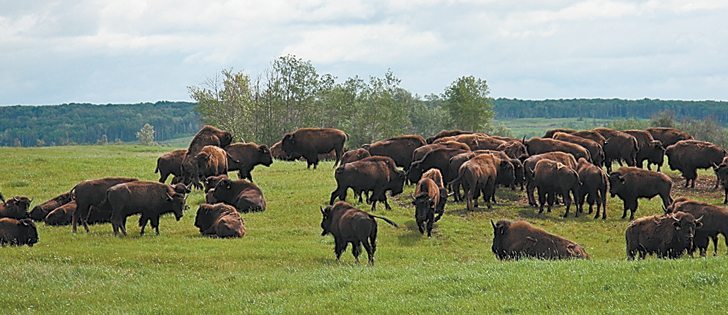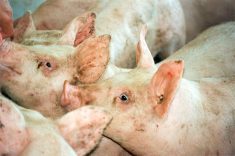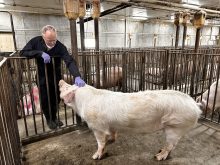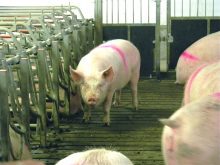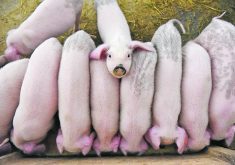A recent case report has described the discovery of an unusual parasite in a bison calf from Manitoba.
Toxocara vitulorum is a roundworm parasite that is usually seen only in Asian water buffalo and cattle from sub-tropical regions.
Dr. Murray Woodbury from the Western College of Veterinary Medicine and other researchers published the report in the latest issue of the Canadian Veterinary Journal.
Roundworms are not common parasites of cattle and other ruminant species, and this particular parasite has previously been reported in bison in Belgium and beef cattle in Florida, Wales and Australia.
Read Also
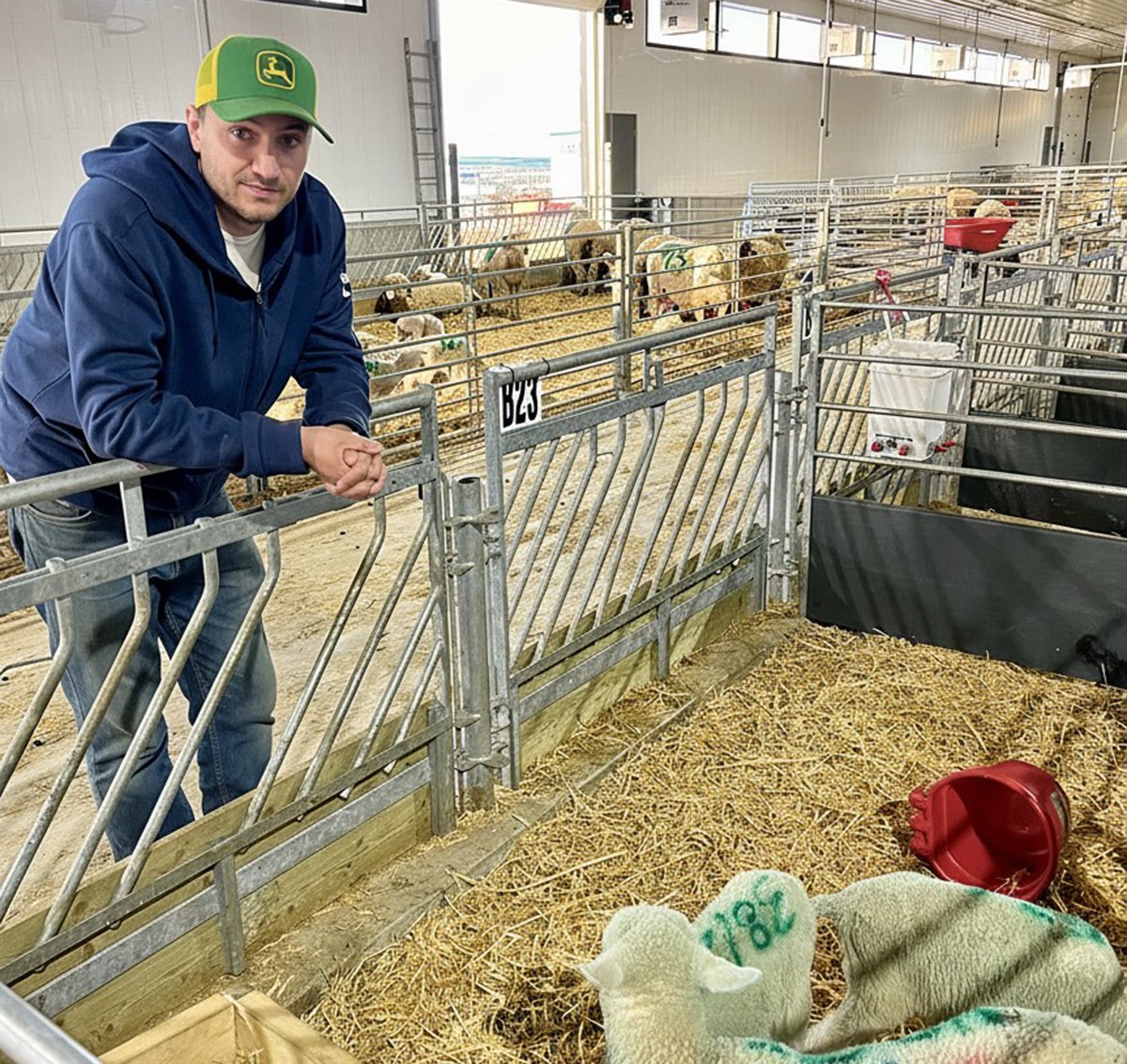
Solar, sheep provide valuable farm diversification
Eric Steeves says raising sheep on forages grown under solar panels provided economic stability and perhaps even saved his family’s fifth generation southern Alberta grain farm.
However, this is the first published report of the parasite occurring in North American bison.
The parasite has a unique life history in that only the calf sheds the parasite eggs in the feces. Adult animals ingest the eggs from the environment and the larvae of the parasite develop and enter the body tissues.
The larvae eventually migrate to the udder and are shed in the milk of lactating cows, creating the infection in young calves.
Mature males and non-breeding females appear to be dead-end hosts because they are unable to spread the infection further.
In this particular case, the parasites were isolated from a three-week-old calf that had died after showing signs of diarrhea and weight loss.
Several other poor-doing calves in the herd had also died with similar signs.
The local veterinarian submitted a sample of intestine that appeared to be inflamed, and veterinarians at the provincial veterinary laboratory in Winnipeg identified the parasite and eggs.
Adult worms that were also found in the calf were sent to the WCVM for further study.
The affected herd was kept on a tame grass pasture and is turned onto cropland to forage in winter with another group of bison.
Parasite control products are usually applied in January when the animals typically receive their vaccinations.
The unusual life cycle of this roundworm makes control of the parasite especially difficult.
Most products designed to control parasites in ruminants are not effective against the larval forms of the parasite. As a result, treating adult animals will have no impact on this parasite because they harbour only the larval form.
Parasite control products such as avermectins (pour-on or injectable) and oral fenbendazole would have to be given to calves younger than three months to be effective.
Woodbury and colleagues from Saskatchewan Agriculture and Manitoba Agriculture have started a research project to look for the parasite in other bison herds in Saskatchewan and Manitoba.
They hope to determine the parasite’s prevalence in prairies farmed bison.
Unpublished reports from diagnostic labs and veterinarians in South Dakota and other American states have also described finding this parasite in bison herds.
It remains to be seen if this parasite will become an emerging disease of importance in bison herds in Western Canada.
Research conducted this summer will provide answers to some of these questions.

